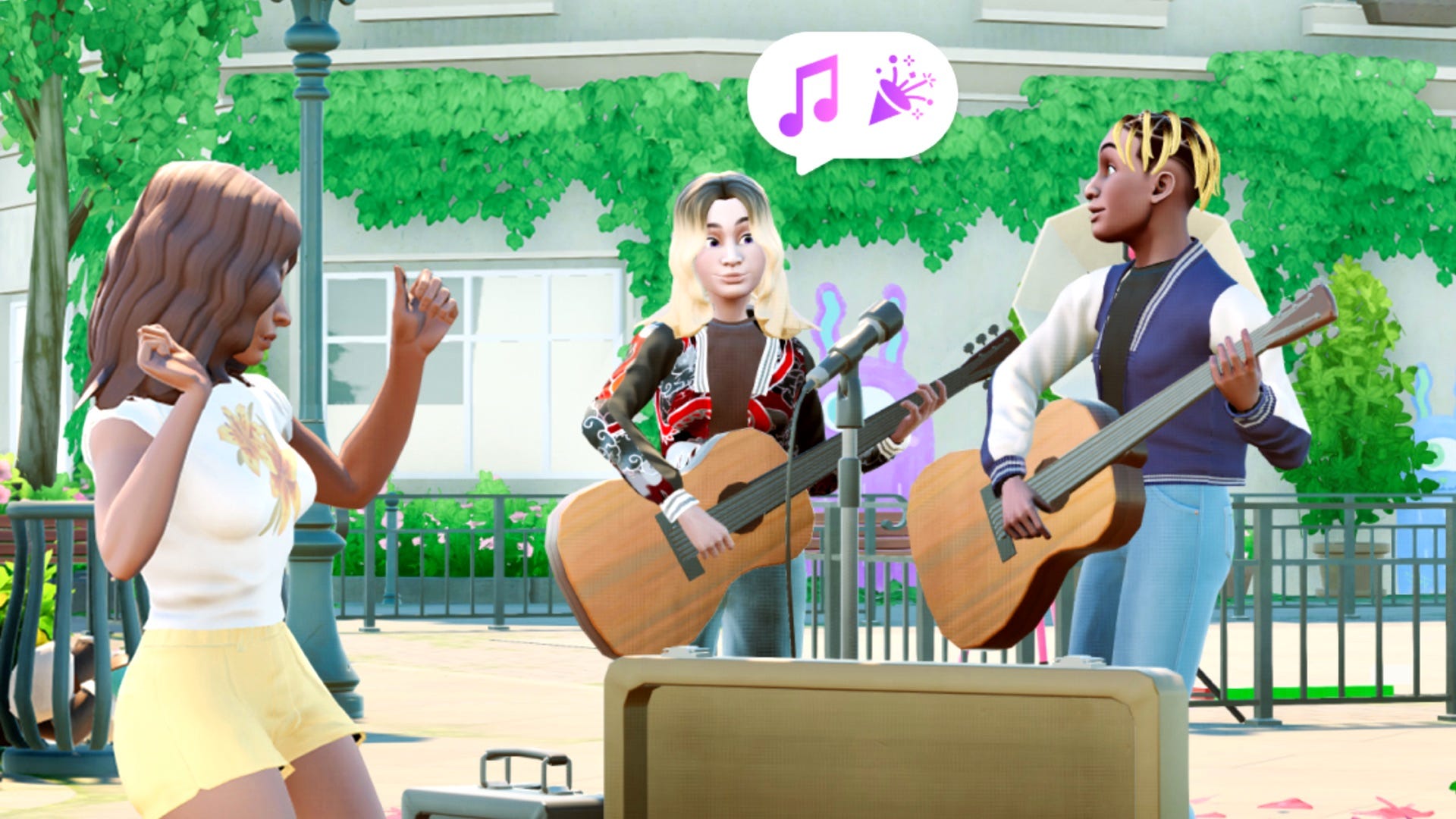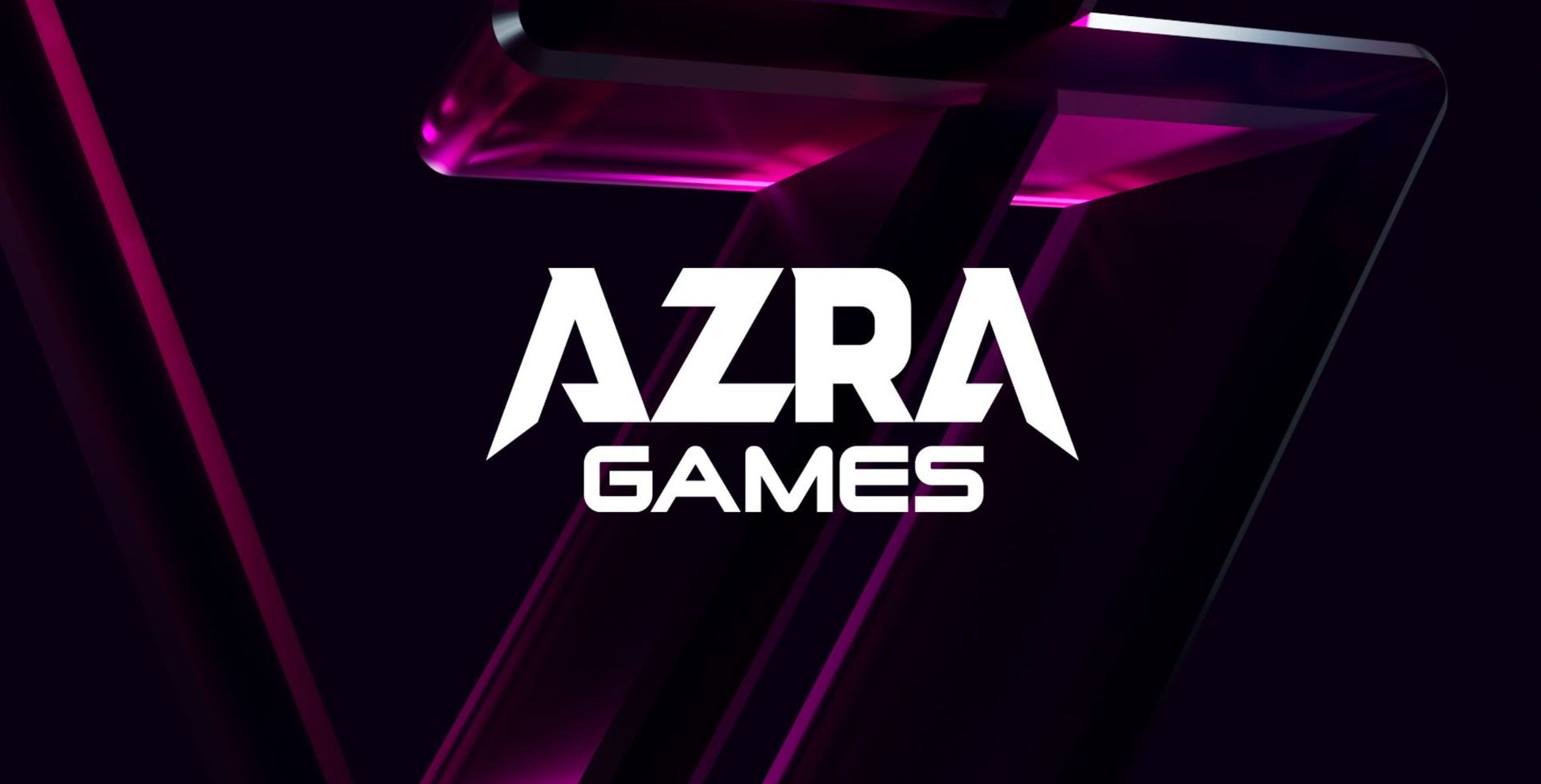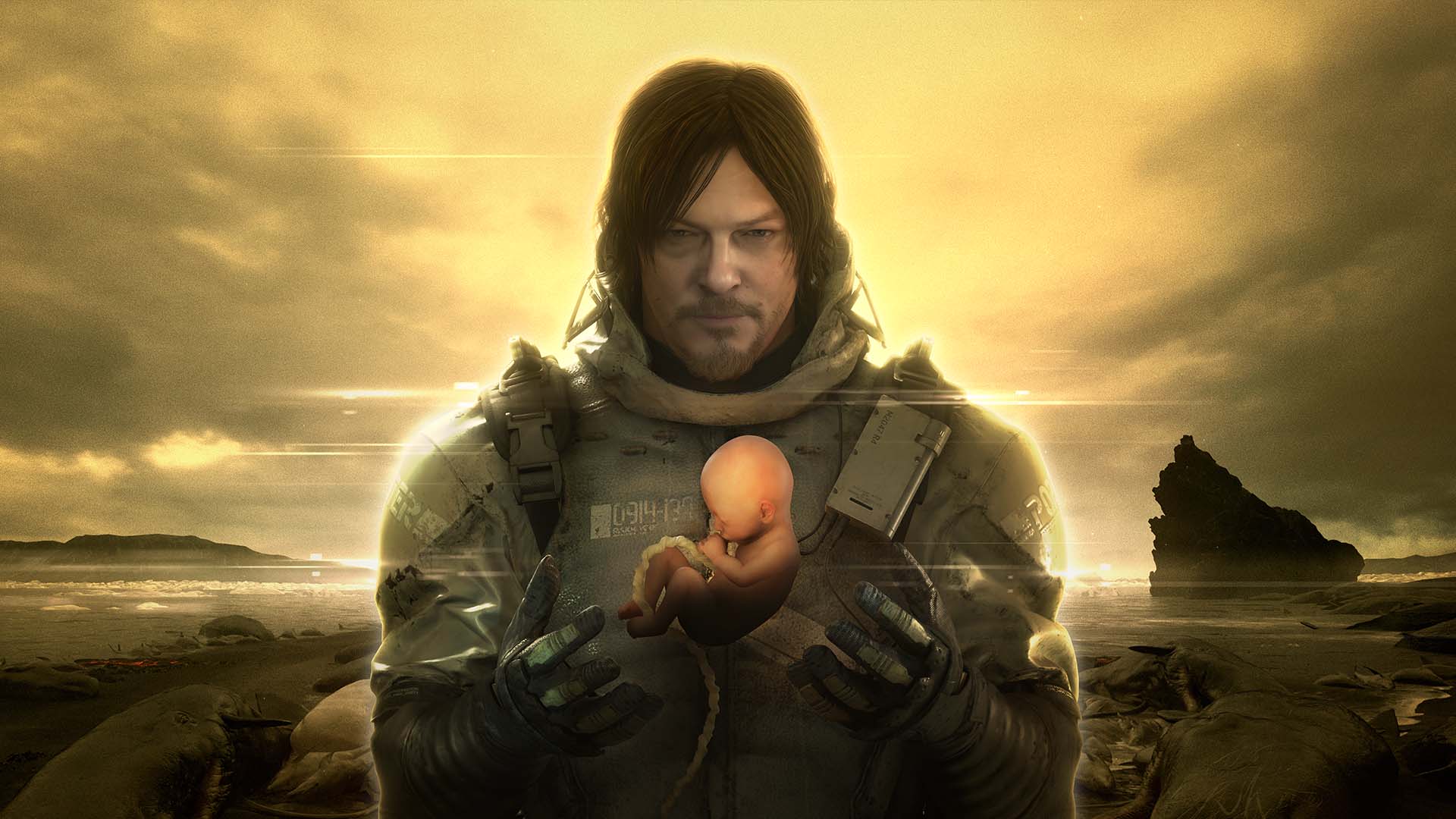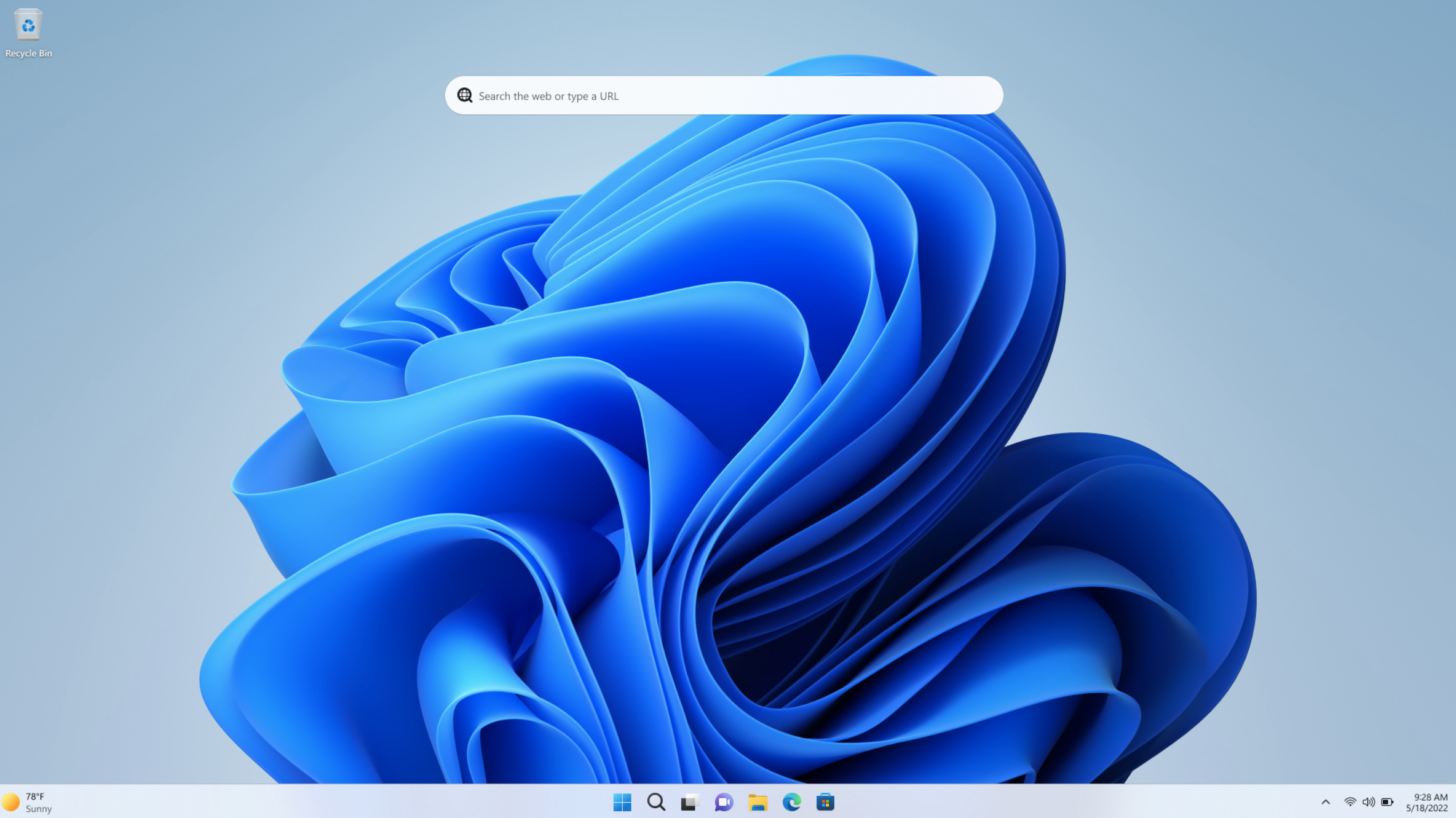Microsoft kills the iconic Blue Screen of Death. It looks like this now
Every Windows user has encountered the legendary “Blue Screen of Death” (or BSOD for short) at least once. More than anything else, the infamous error screen is characterized by its bright blue color, the sad smiley face, and the bluntly plain “An error has occurred” message, which all make the screen so instantly recognizable. But Microsoft is now changing the design of the blue error screen and breaking with tradition. In fact, it won’t be called a “blue screen” anymore because, at least in the current preview version of Windows 11 24H2, the error screen is now completely black. (For Windows Insiders on test versions, the error screen will be green instead.) Microsoft It’s not just the color. Other iconic elements are also apparently being removed, as Windows Latest has discovered. For example, it no longer displays a sad smiley face or a QR code. The QR codes have been a part of the blue screen error design since 2016 with Windows 10, and are intended to direct users to relevant troubleshooting tips. The text has also been changed. It now says “Your device ran into a problem and needs to restart,” which is much shorter and less ominous or overwhelming. It also says “device” instead of “PC,” which broadens it to more than just desktops and laptops. The specific reason for the crash (and the error code) is displayed at the bottom in much smaller text. It’s been coming for a long time Microsoft allegedly developed a new system crash screen back during the initial development of Windows 11, but apparently discarded those changes—or at least postponed them for a later release. Perhaps that time is now, with preview builds already using the new design. Get Windows 11 Pro for cheap Windows 11 Pro Why does Microsoft even want to change the BSOD in the first place? That’s anyone’s guess. It’s possible that Microsoft doesn’t like the iconic reputation of the blue error screen, which in some ways symbolizes the numerous problems that often come with Windows updates. If that’s the case, it’s hard to see the redesigned error screen as an improvement—the new look is now even more reminiscent of a funeral, as it’s completely black and white. And despite the accrued baggage, the familiar blue screen will certainly be missed by long-time Windows users, as it has long been a historical part of the Windows experience. It’s not yet known exactly when the new system crash error screen will be rolled out to the public version of Windows 11. We haven’t yet been able to discover it in the official Windows 11 roadmap, but the change will probably be introduced in an upcoming Patch Tuesday.

Every Windows user has encountered the legendary “Blue Screen of Death” (or BSOD for short) at least once. More than anything else, the infamous error screen is characterized by its bright blue color, the sad smiley face, and the bluntly plain “An error has occurred” message, which all make the screen so instantly recognizable.
But Microsoft is now changing the design of the blue error screen and breaking with tradition. In fact, it won’t be called a “blue screen” anymore because, at least in the current preview version of Windows 11 24H2, the error screen is now completely black. (For Windows Insiders on test versions, the error screen will be green instead.)
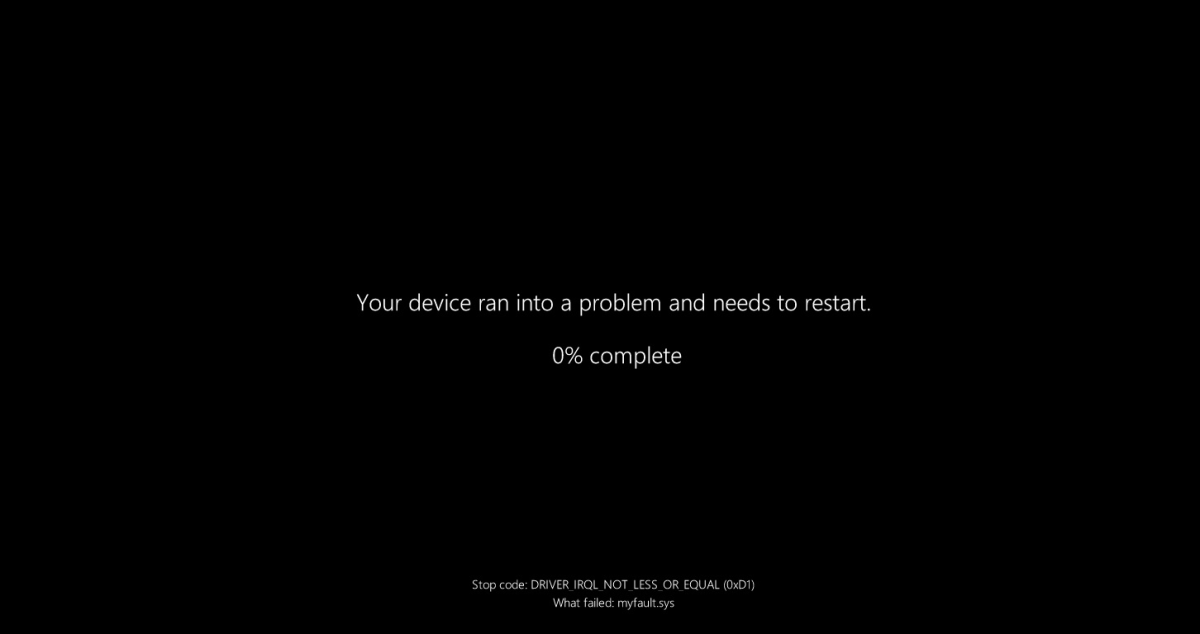
Microsoft
It’s not just the color. Other iconic elements are also apparently being removed, as Windows Latest has discovered. For example, it no longer displays a sad smiley face or a QR code. The QR codes have been a part of the blue screen error design since 2016 with Windows 10, and are intended to direct users to relevant troubleshooting tips.
The text has also been changed. It now says “Your device ran into a problem and needs to restart,” which is much shorter and less ominous or overwhelming. It also says “device” instead of “PC,” which broadens it to more than just desktops and laptops. The specific reason for the crash (and the error code) is displayed at the bottom in much smaller text.
It’s been coming for a long time
Microsoft allegedly developed a new system crash screen back during the initial development of Windows 11, but apparently discarded those changes—or at least postponed them for a later release. Perhaps that time is now, with preview builds already using the new design.
Why does Microsoft even want to change the BSOD in the first place? That’s anyone’s guess. It’s possible that Microsoft doesn’t like the iconic reputation of the blue error screen, which in some ways symbolizes the numerous problems that often come with Windows updates.
If that’s the case, it’s hard to see the redesigned error screen as an improvement—the new look is now even more reminiscent of a funeral, as it’s completely black and white. And despite the accrued baggage, the familiar blue screen will certainly be missed by long-time Windows users, as it has long been a historical part of the Windows experience.
It’s not yet known exactly when the new system crash error screen will be rolled out to the public version of Windows 11. We haven’t yet been able to discover it in the official Windows 11 roadmap, but the change will probably be introduced in an upcoming Patch Tuesday.

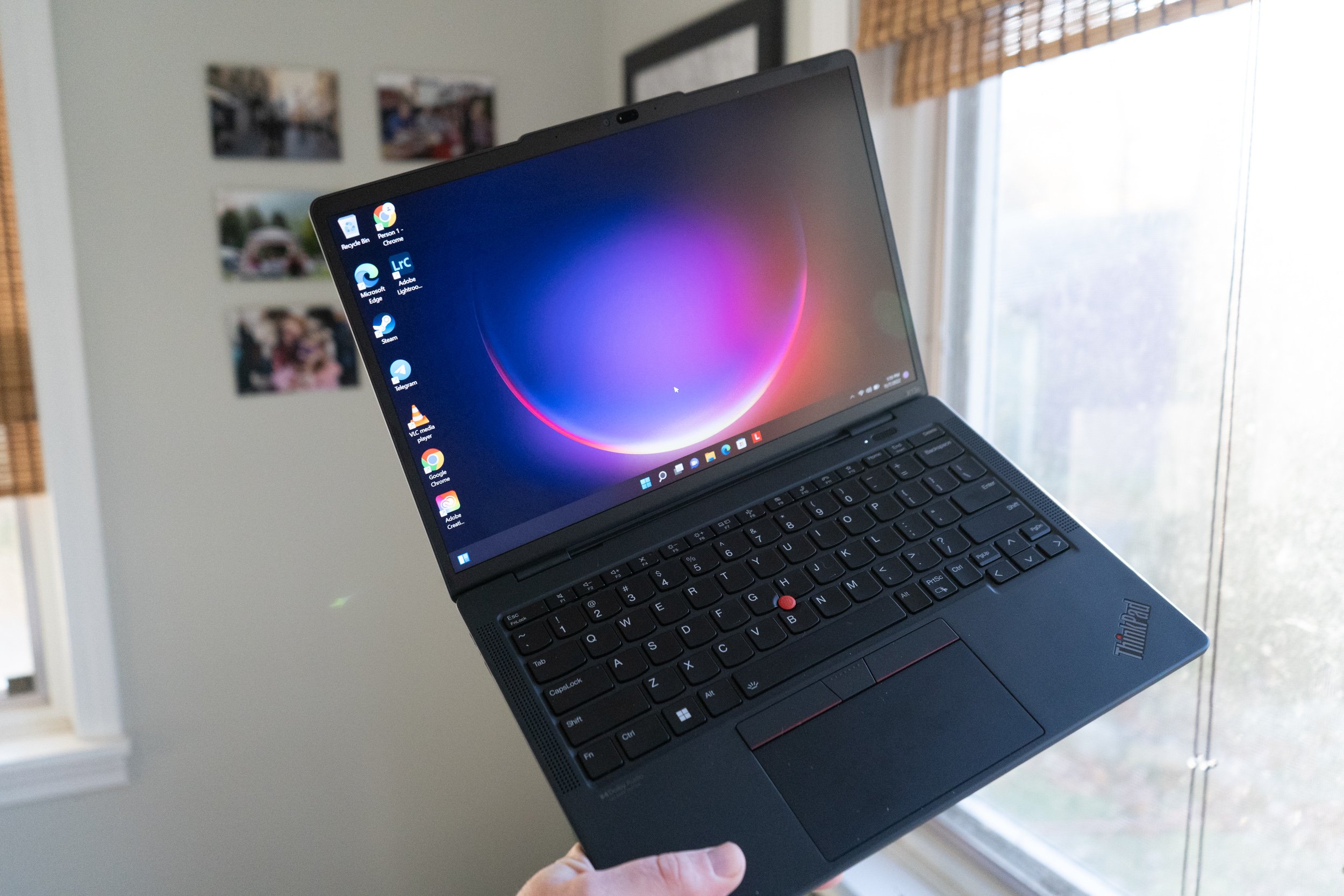

















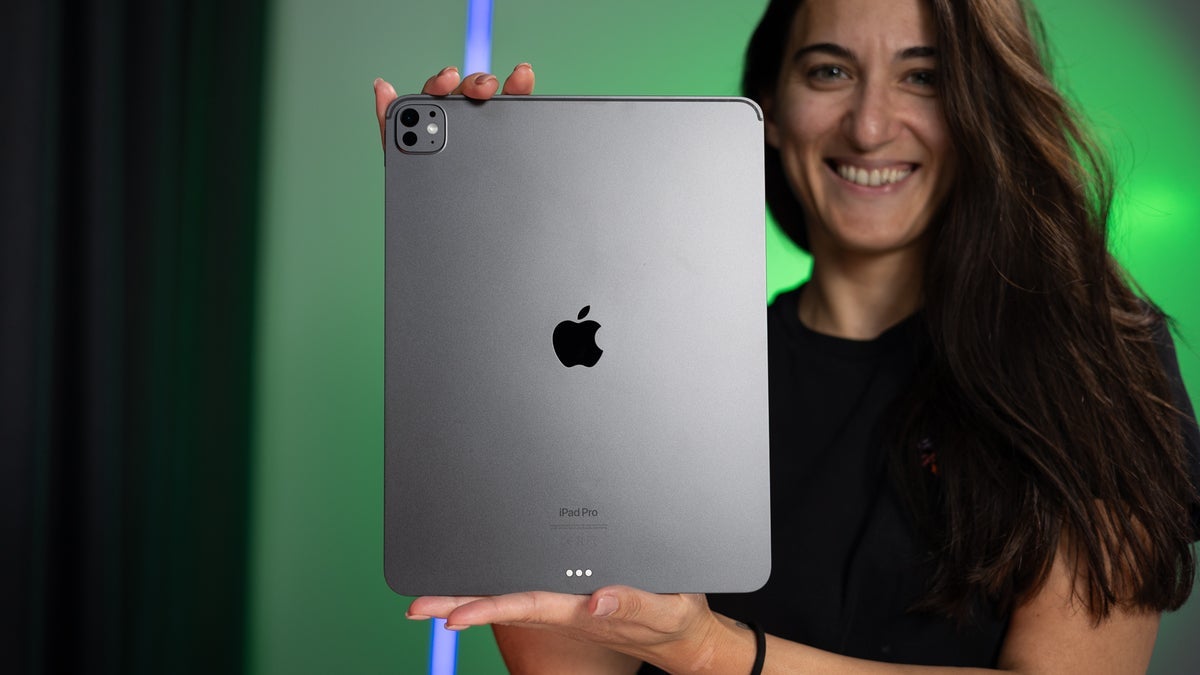
![T-Mobile says it didn't compromise its values to get FCC to approve fiber deal [UPDATED]](https://m-cdn.phonearena.com/images/article/169088-two/T-Mobile-says-it-didnt-compromise-its-values-to-get-FCC-to-approve-fiber-deal-UPDATED.jpg?#)
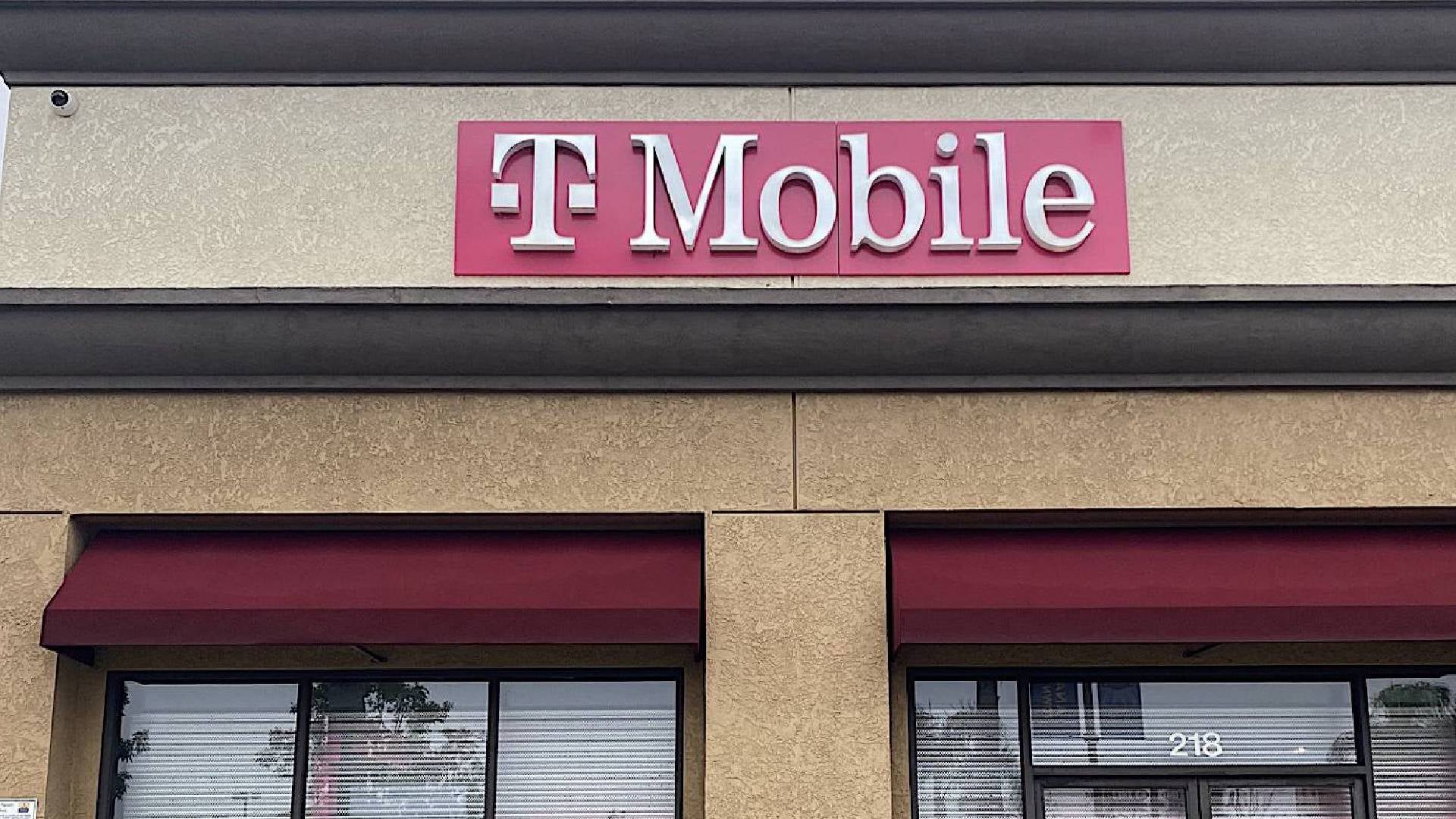





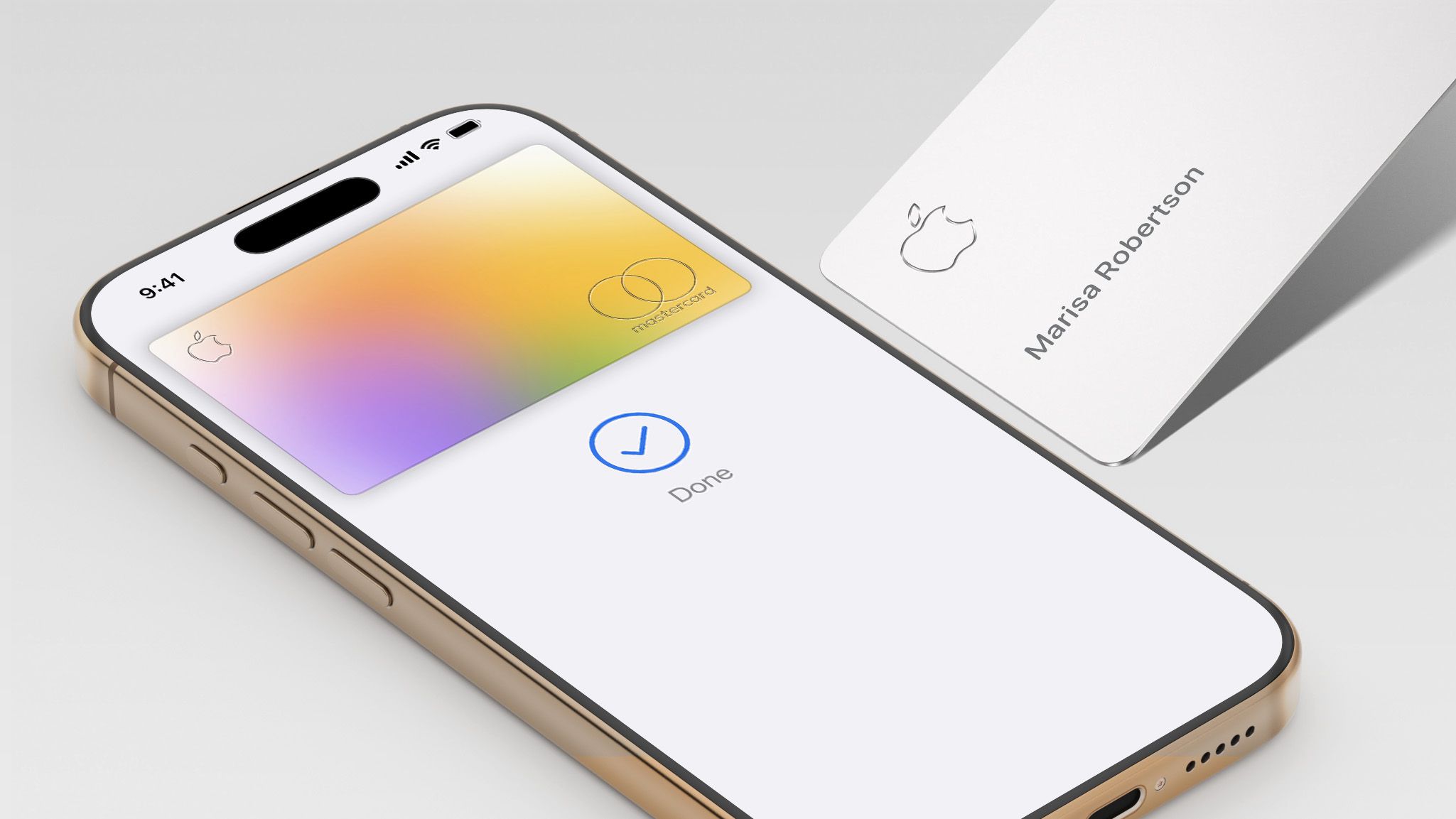


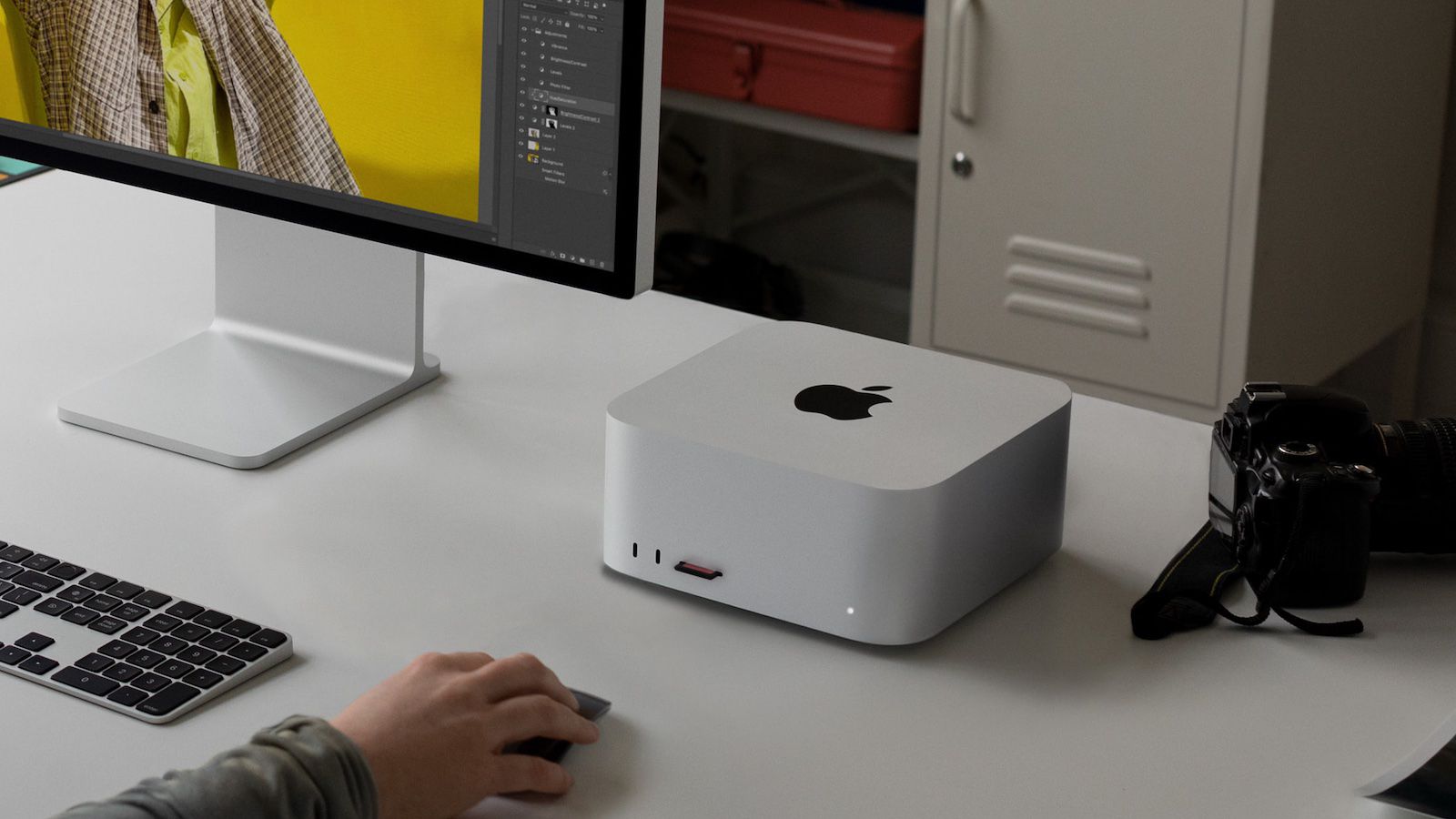












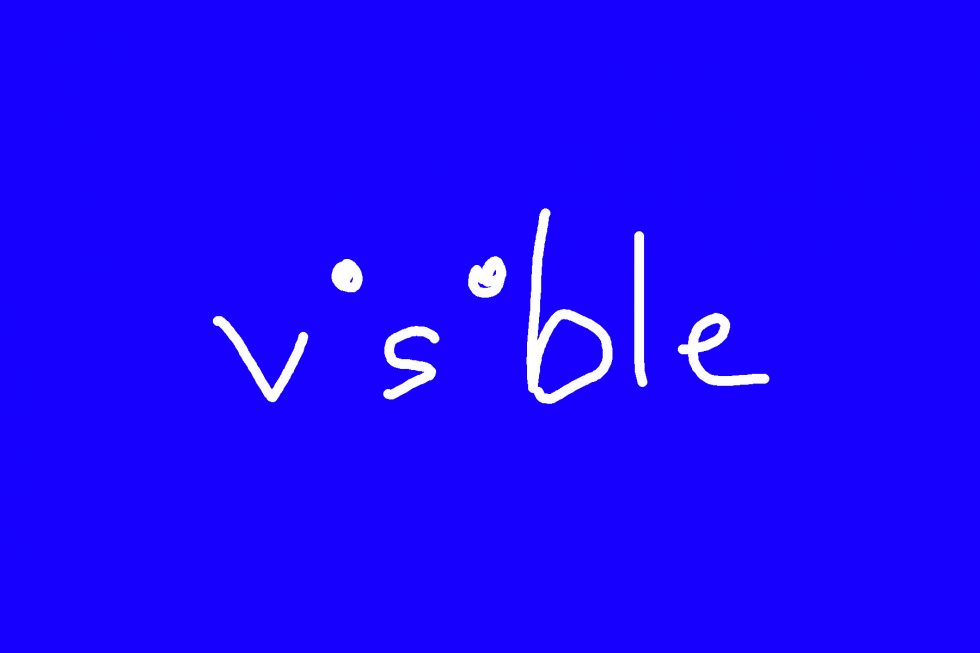

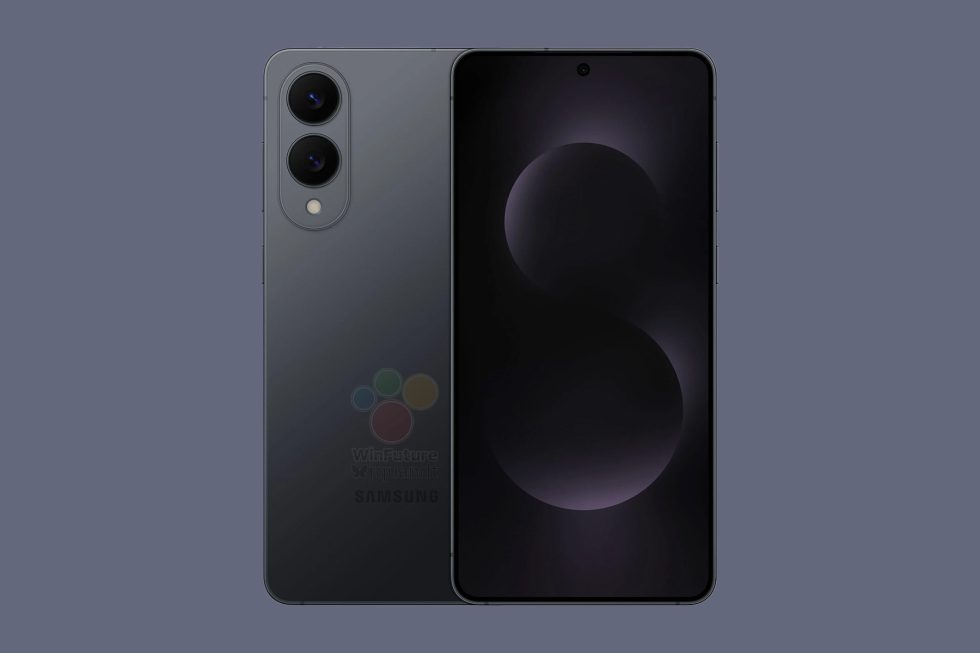

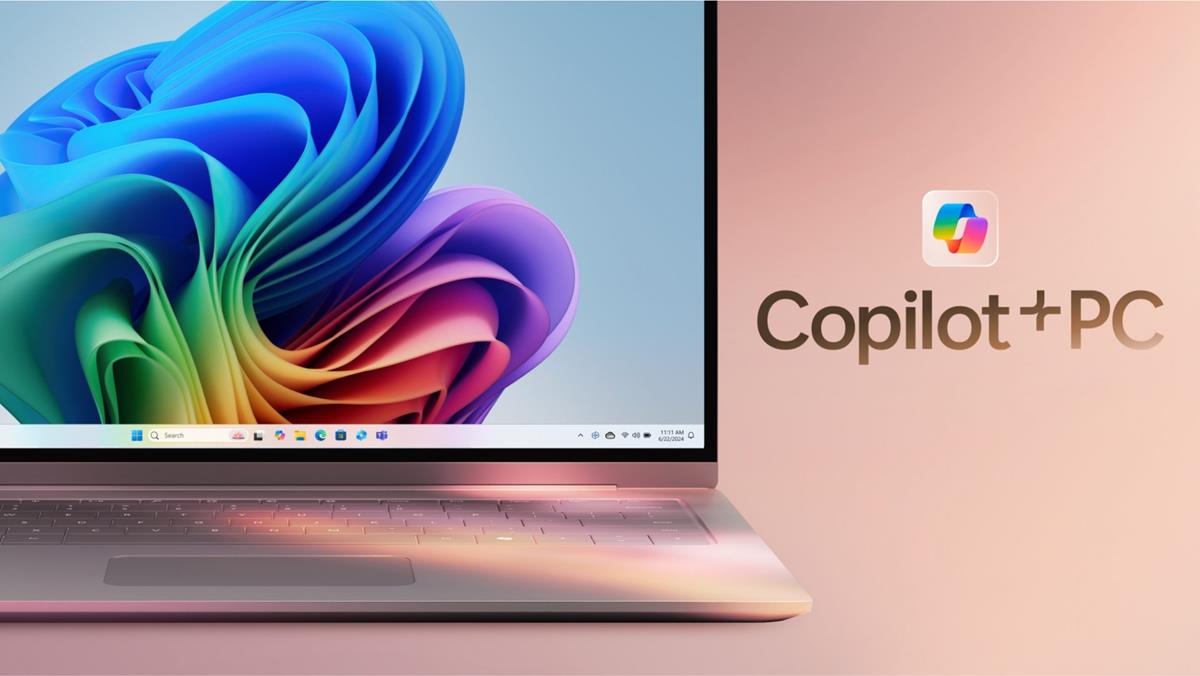



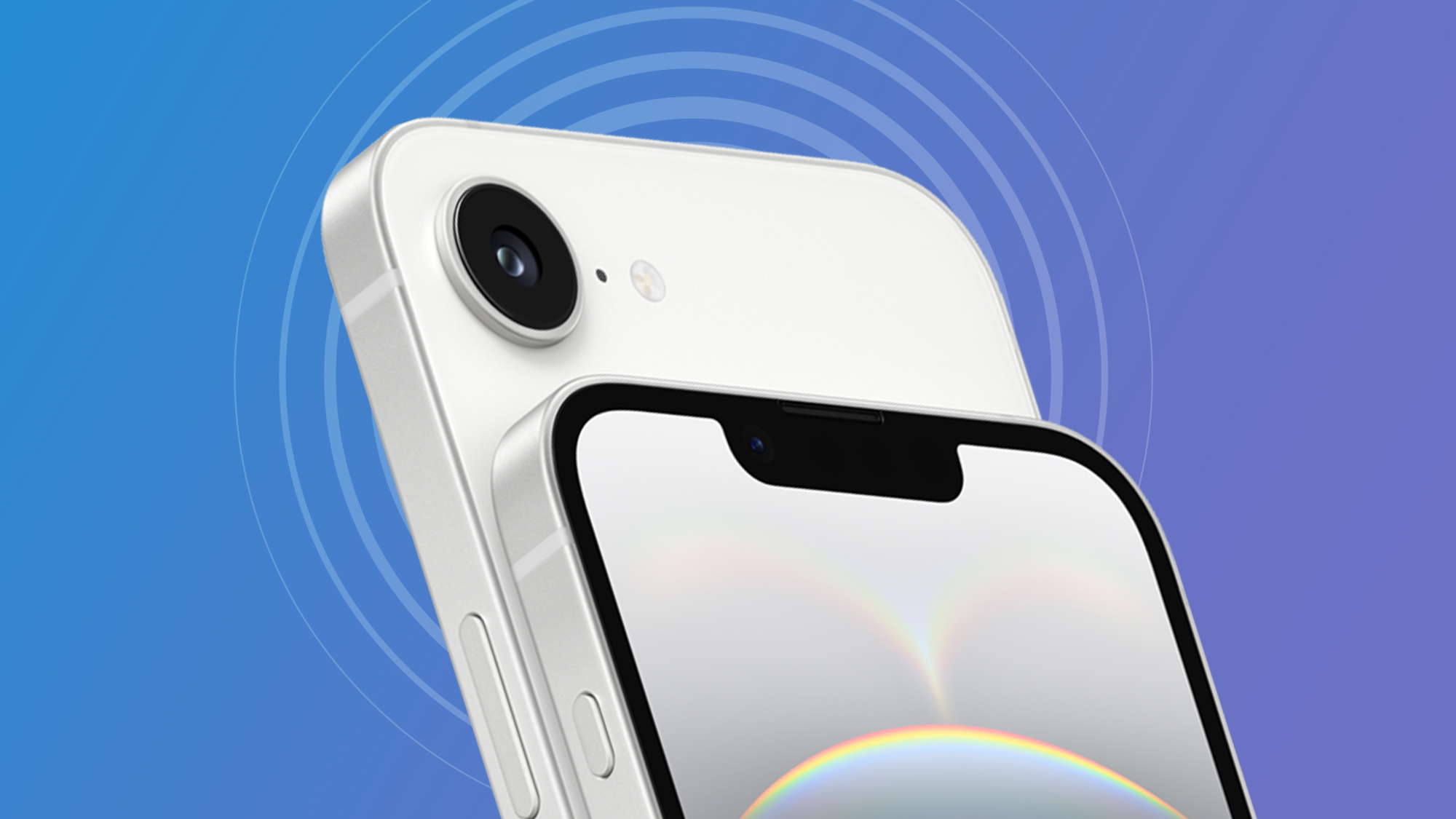










![Nomad Goods Launches 15% Sitewide Sale for 48 Hours Only [Deal]](https://www.iclarified.com/images/news/96899/96899/96899-640.jpg)


![Apple Watch Series 10 Prototype with Mystery Sensor Surfaces [Images]](https://www.iclarified.com/images/news/96892/96892/96892-640.jpg)

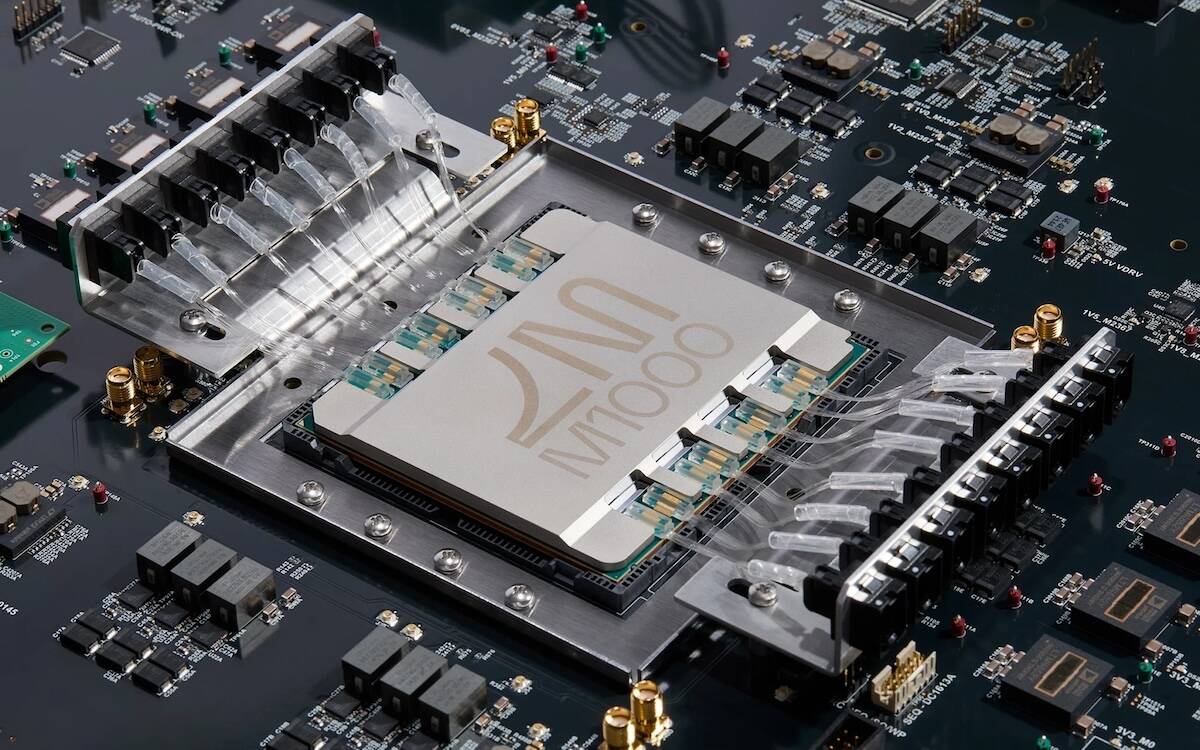















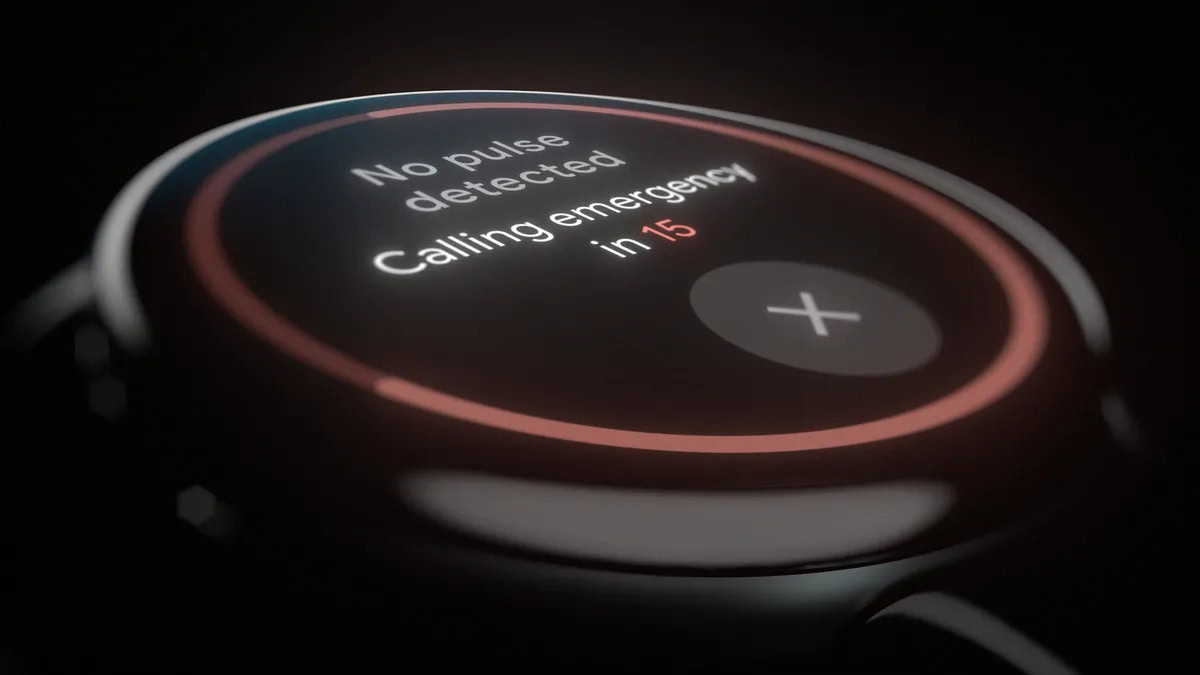


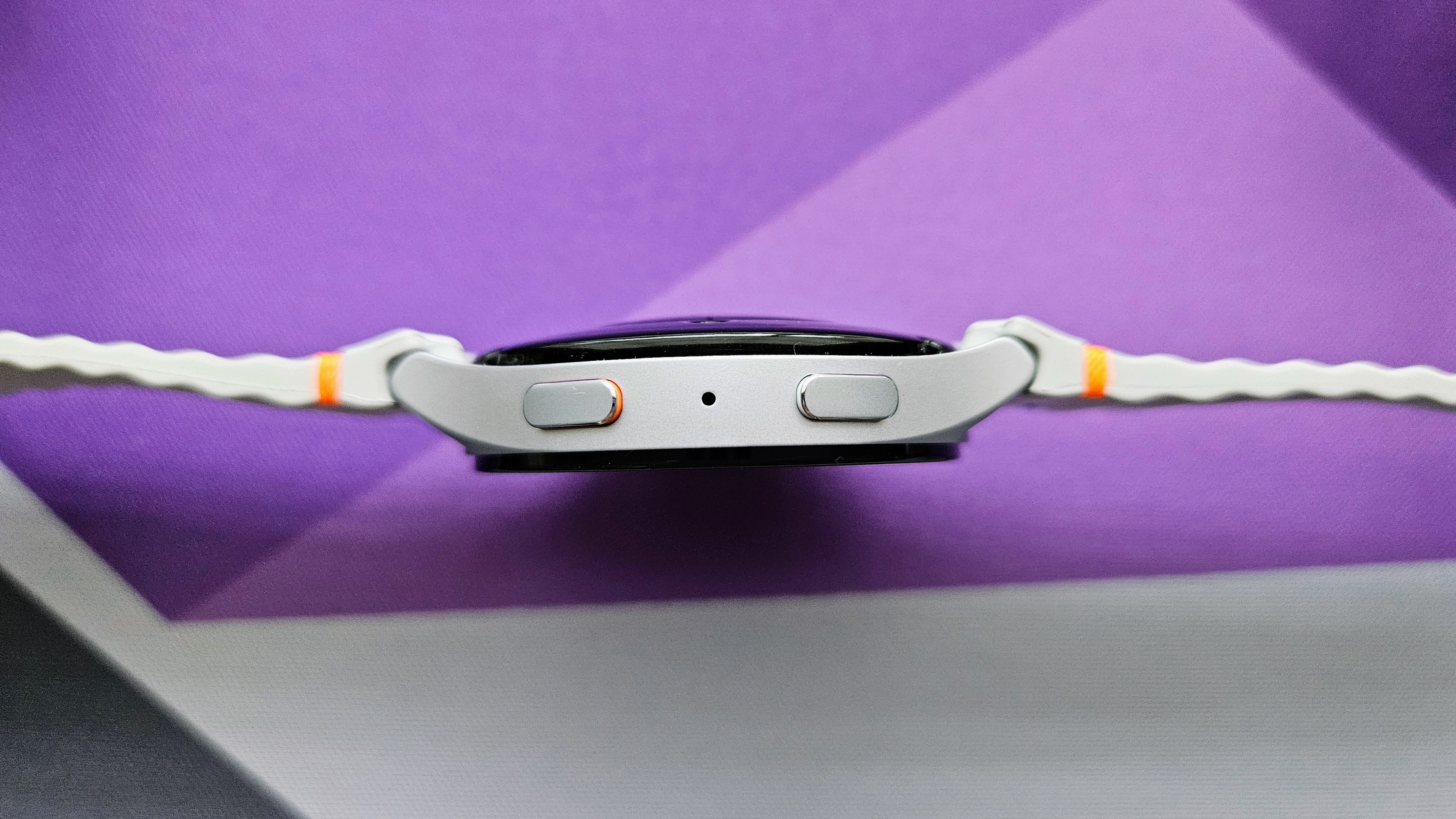


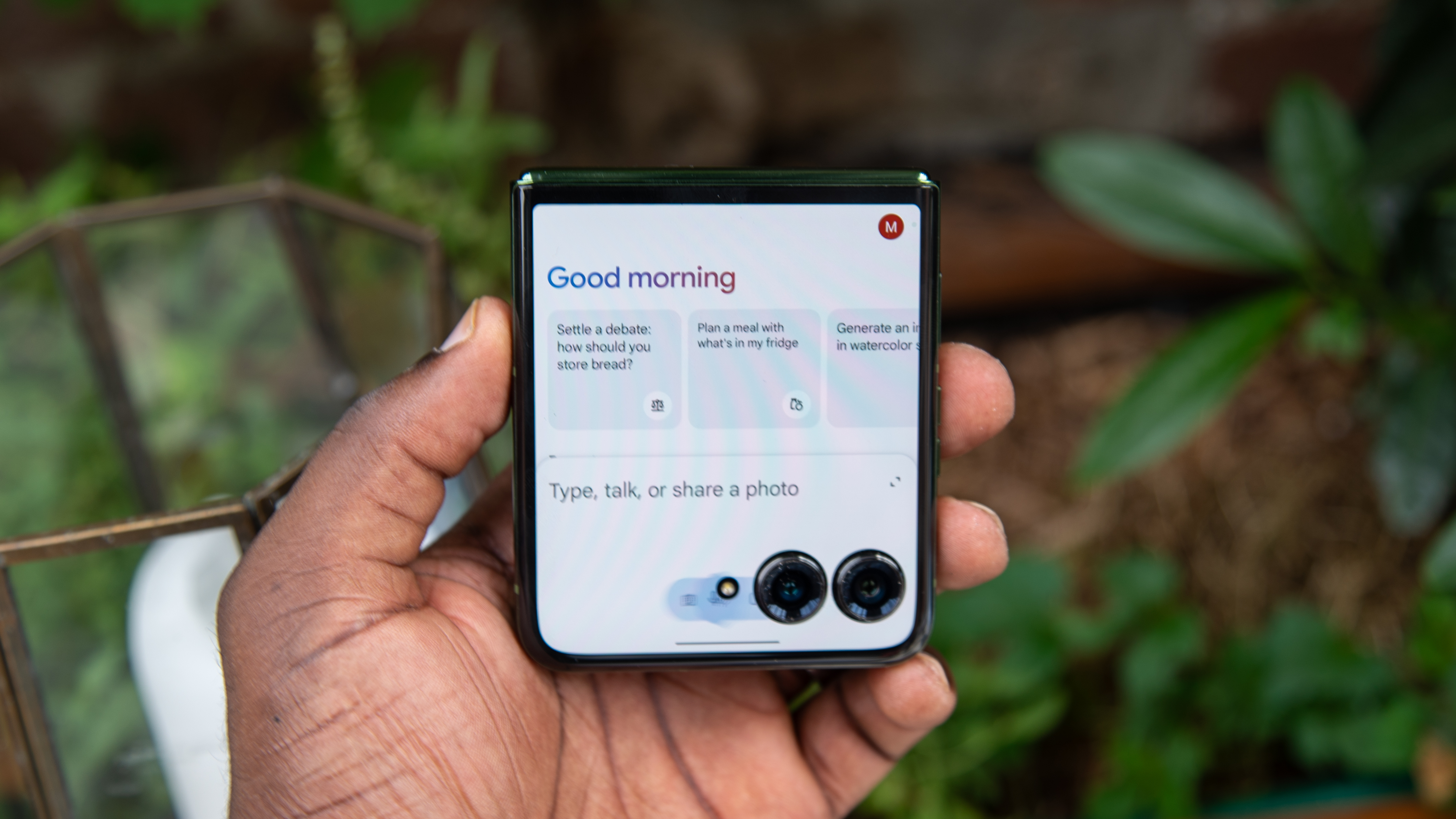

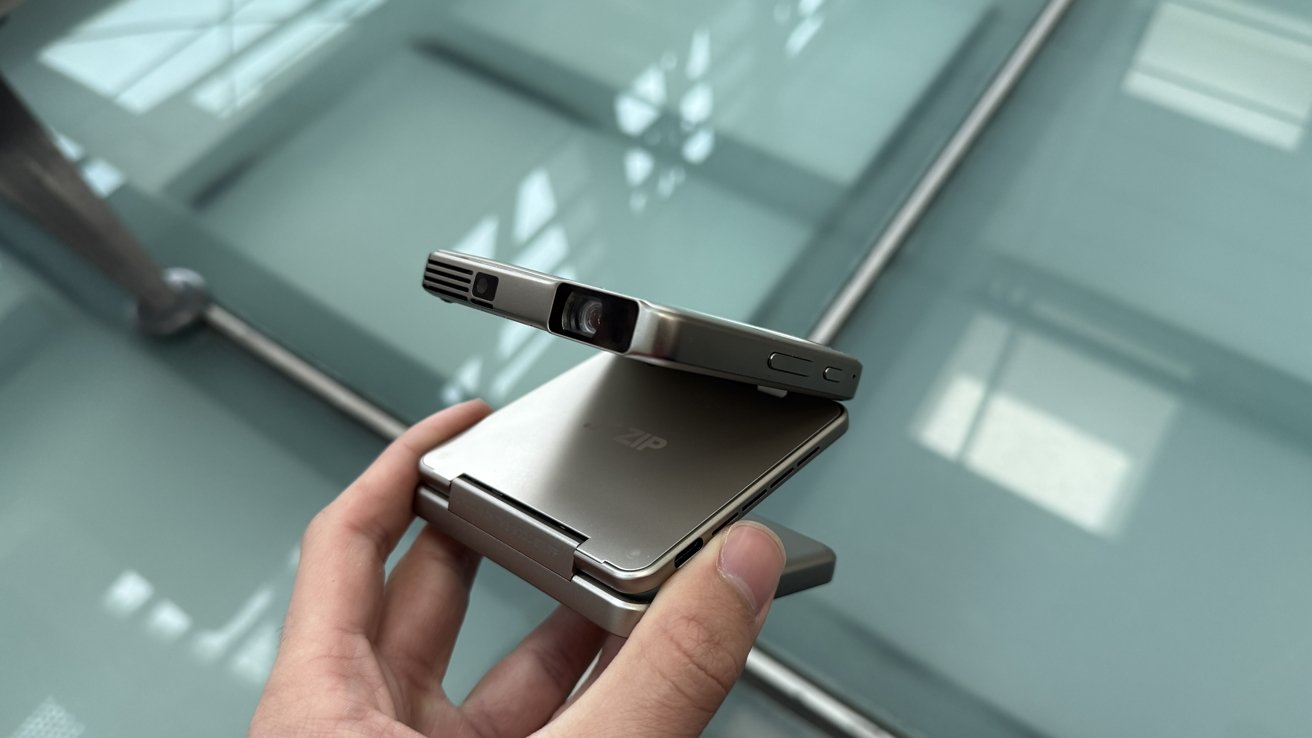

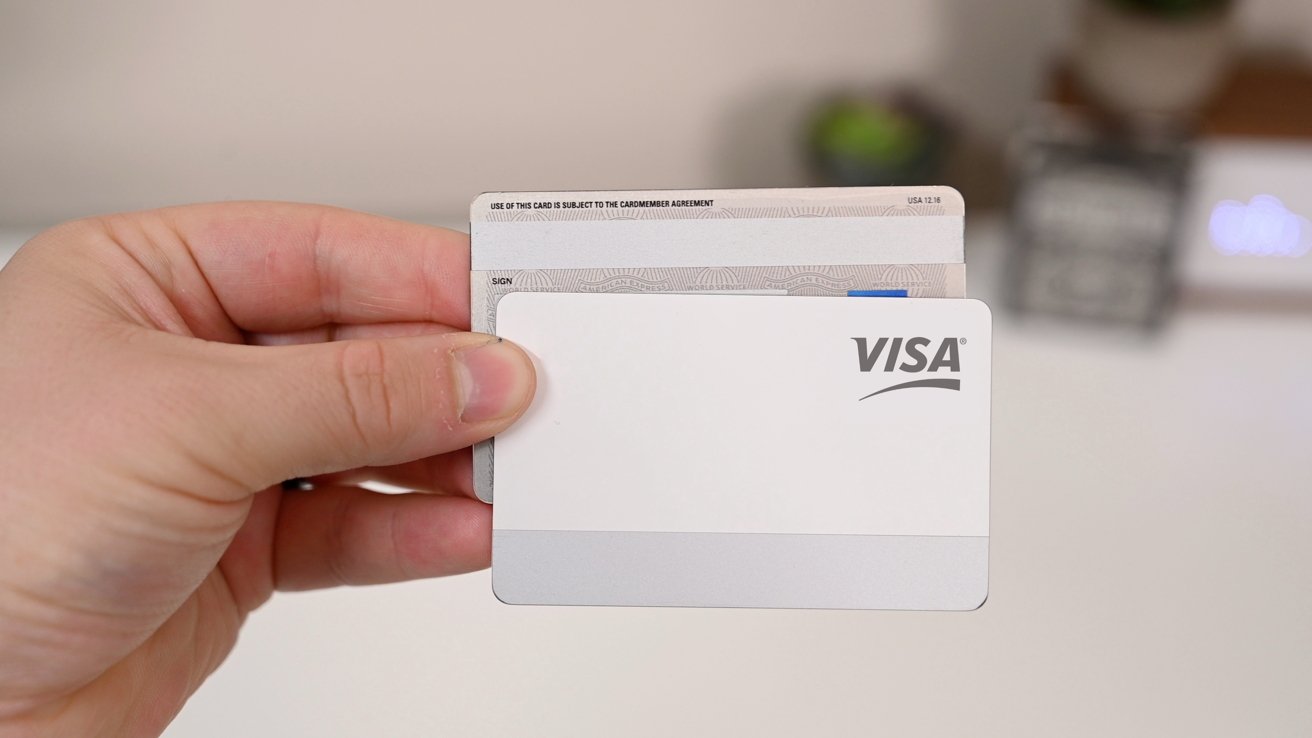
























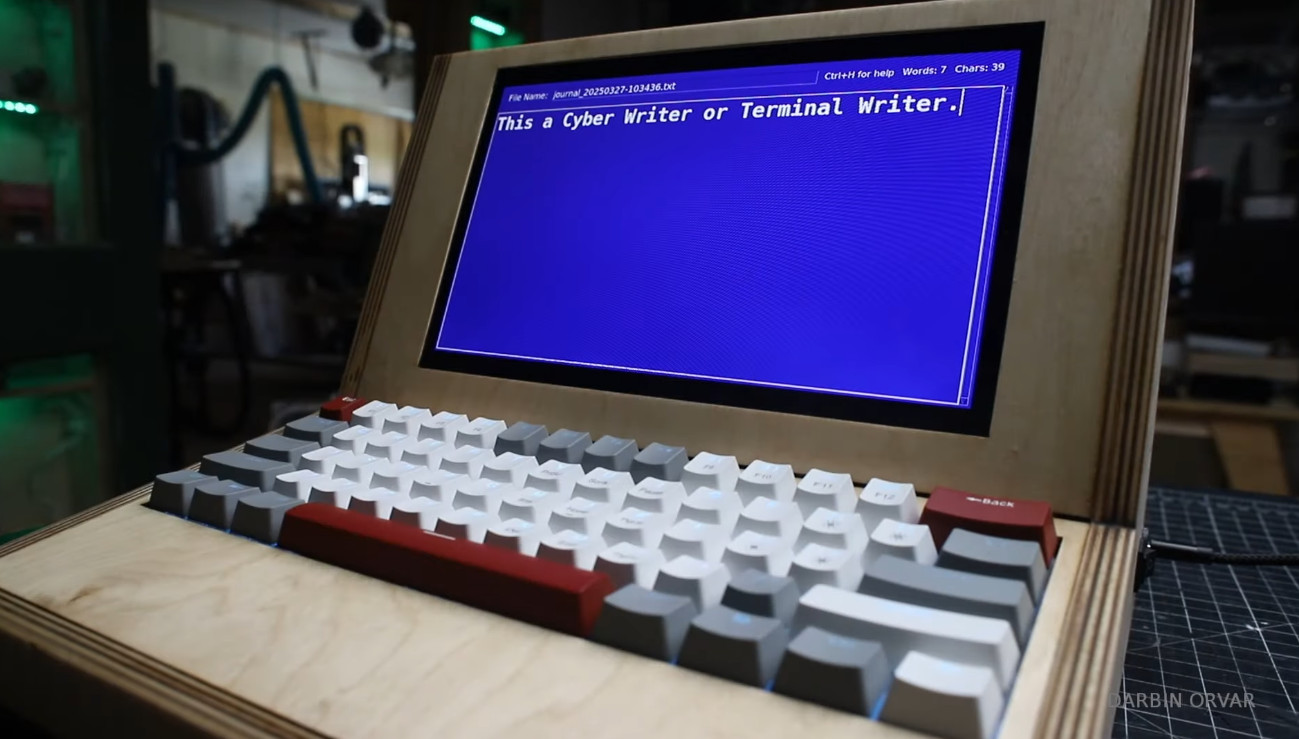
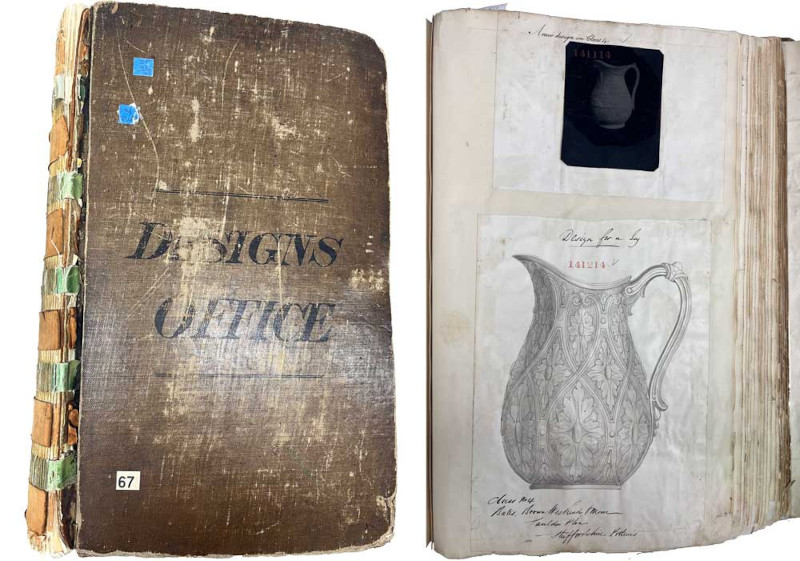
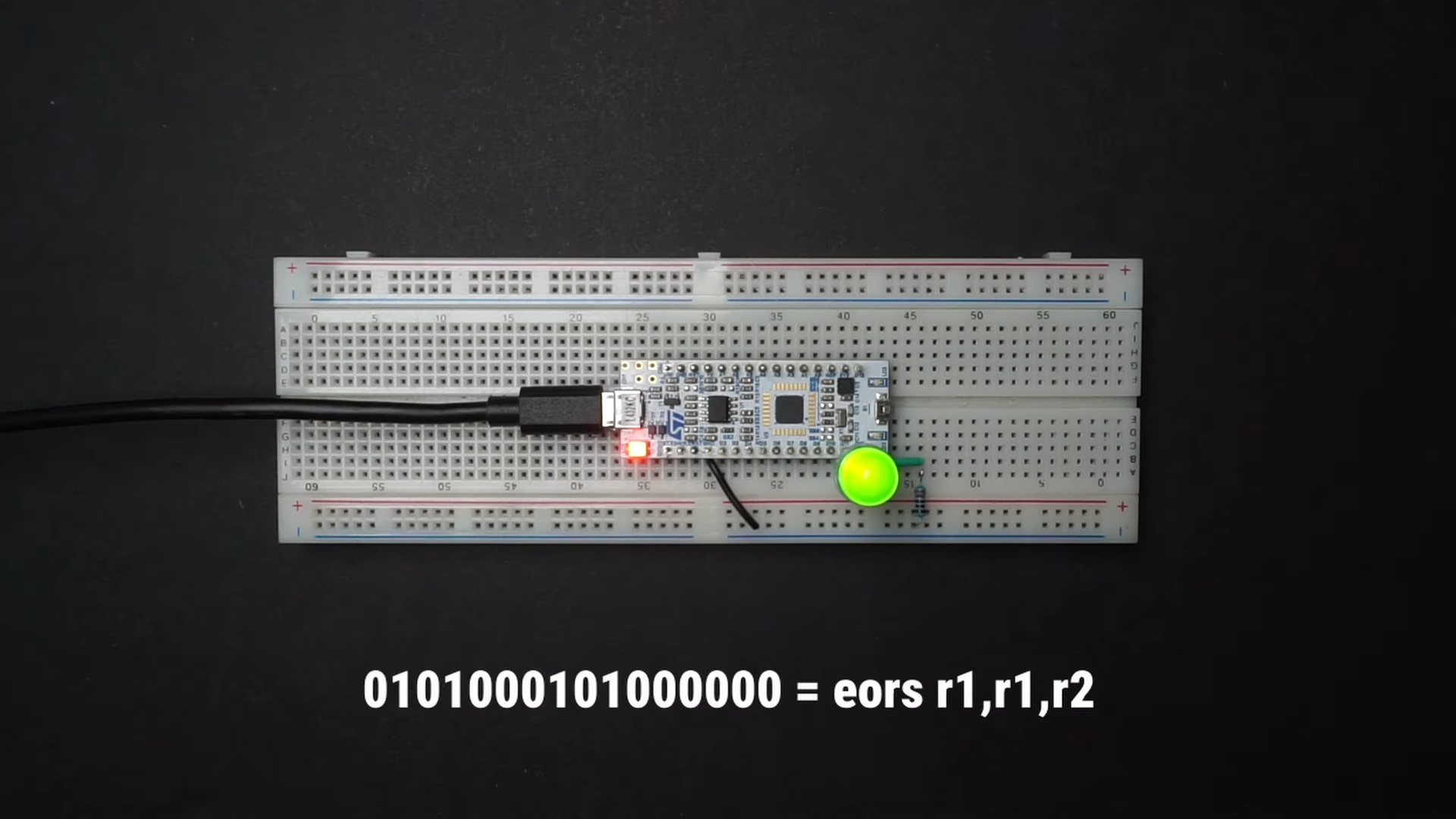

































































































































![[The AI Show Episode 142]: ChatGPT’s New Image Generator, Studio Ghibli Craze and Backlash, Gemini 2.5, OpenAI Academy, 4o Updates, Vibe Marketing & xAI Acquires X](https://www.marketingaiinstitute.com/hubfs/ep%20142%20cover.png)













































































































![Is this a suitable approach to architect a flutter app? [closed]](https://i.sstatic.net/4hMHGb1L.png)


















![From broke musician to working dev. How college drop-out Ryan Furrer taught himself to code [Podcast #166]](https://cdn.hashnode.com/res/hashnode/image/upload/v1743189826063/2080cde4-6fc0-46fb-b98d-b3d59841e8c4.png?#)



























